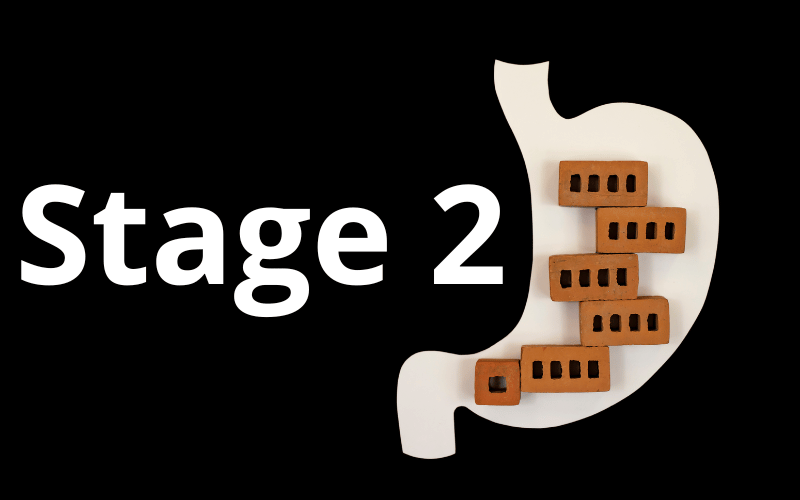Stage 2: Fixed Hiatal Hernia – Diving Deeper

The fixed hiatal hernia, often termed a “paraesophageal” hernia, is a slightly more complicated beast. Unlike its sliding counterpart, where the stomach and esophagus slide in and out of the chest, here, a section of the stomach pushes through the diaphragm and stubbornly stays put.
Now, this might sound alarming, and to an extent, it is. The fixed nature of this hernia means that the stomach remains persistently lodged in the chest cavity. Over time, this can lead to a series of complications, some of which might demand swift medical intervention.
One of the most distinguishing symptoms of a fixed hiatal hernia is the sensation of fullness soon after beginning to eat. Imagine sitting down for a meal, taking a few bites, and suddenly feeling as if you’ve indulged in a feast. This false sense of satiety can be perplexing and, in many cases, quite frustrating.
Shortness of breath is another symptom that can’t be overlooked. With a portion of the stomach lodged in the chest, there’s less space for the lungs to expand. This can lead to breathlessness, especially during physical activities.
Chest discomfort is a symptom that walks hand in hand with the fixed hiatal hernia. Unlike the burning sensation of heartburn, this feels more like a constant pressure or tightness in the chest, almost as if someone’s squeezing the heart. (2)